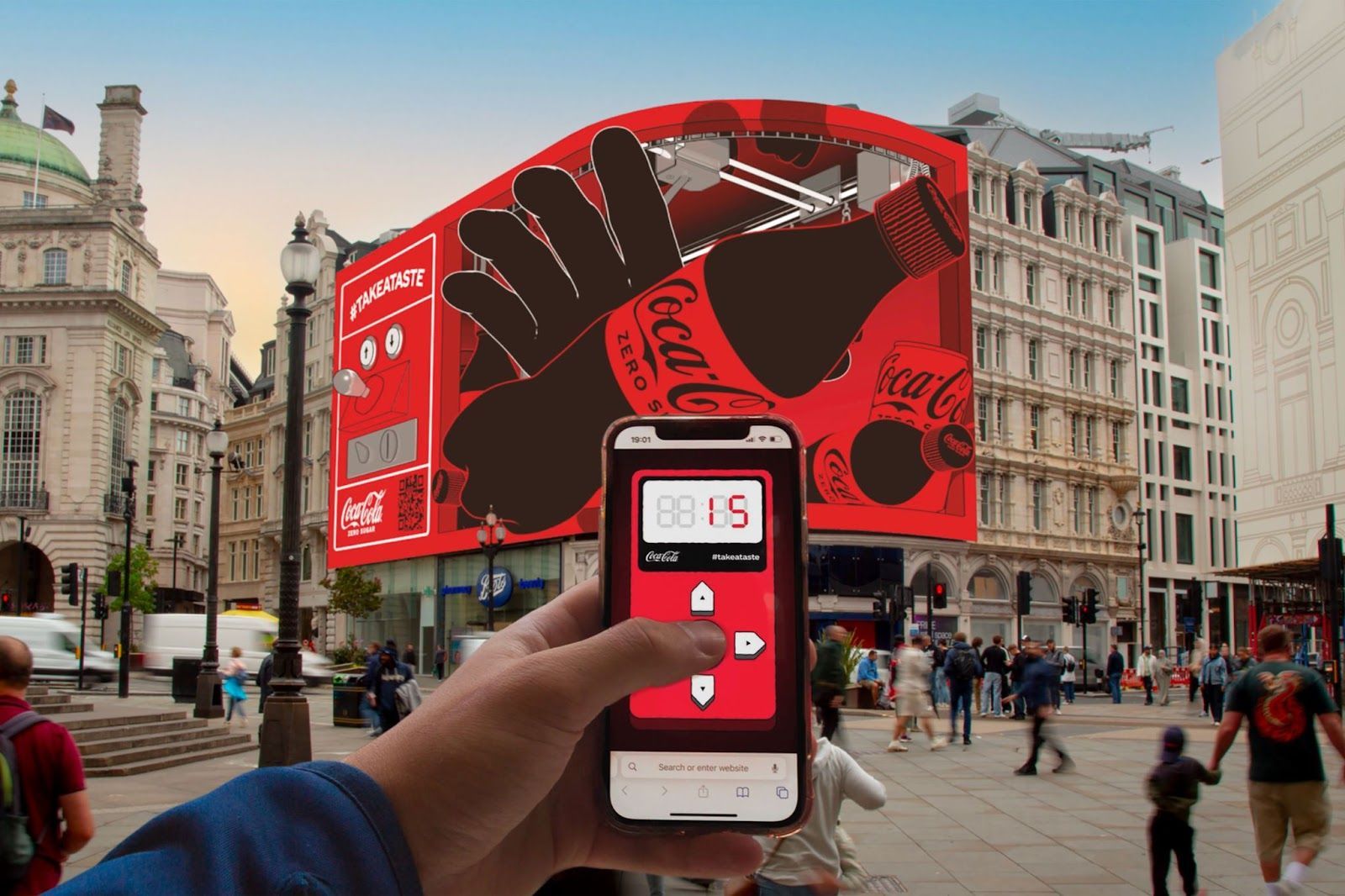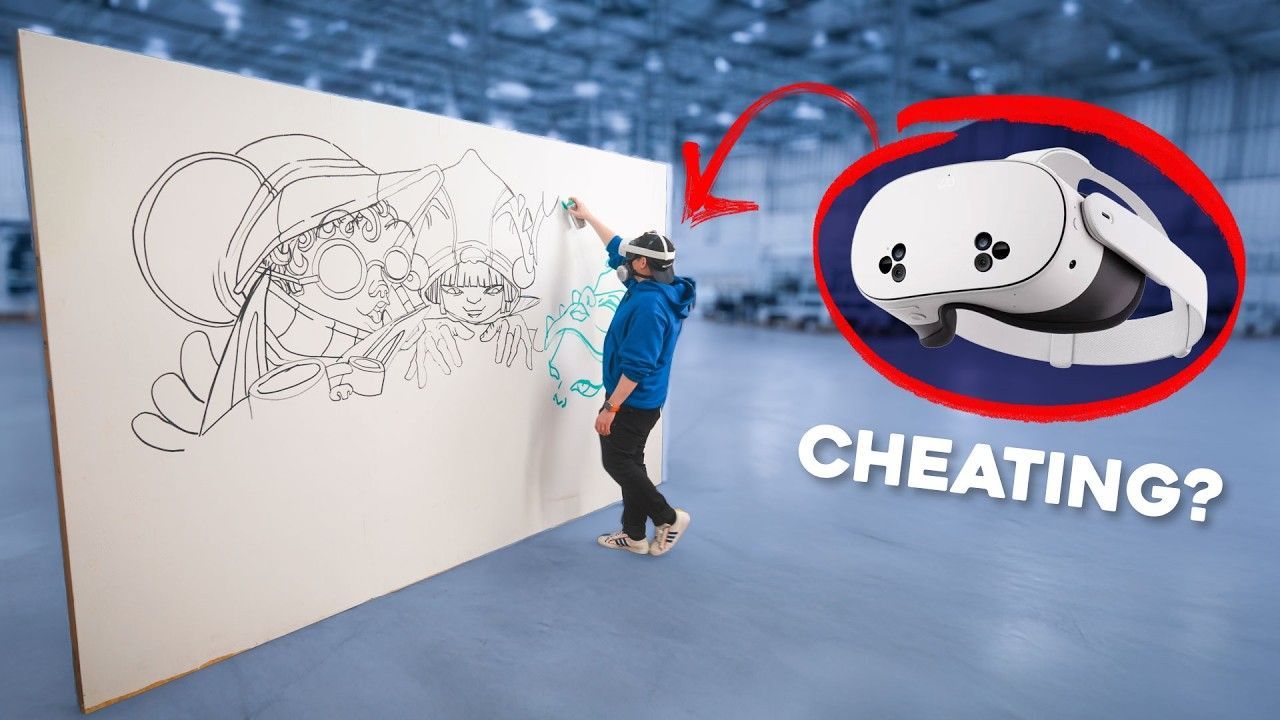Why You Need to Use a 3D Model Compression Tool
Understanding 3D Models
Basics of 3D modeling
Ever explored the world of 3D design? It's vast, isn't it? 3D modeling, at its core, is the process of creating a mathematical representation of a 3D object using computer software. These models can be used in various industries, from gaming and entertainment to architecture and medicine.
Importance in modern tech
Today's technology is becoming increasingly visual. With the rise of VR, AR, and immersive experiences, 3D models are more crucial than ever. They're the backbone of many digital experiences we cherish.
What is 3D Model Compression?
Definition and functioning
Just like you'd zip a large file to send via email, 3D model compression shrinks 3D models, making them easier to store and transmit without eating up all your bandwidth.
Necessity in the digital age
In our age of rapid tech advancements, size matters. No one likes waiting ages for a download. Hence, compressed files have become a norm.
Reasons to Use a 3D Model Compression Tool
Reducing file size
Imagine reducing a hefty 200MB model down to just 20MB without significant loss of detail. Sounds great, right?
Faster rendering & downloads
A compressed 3D model means quicker downloads and faster rendering. Your audience doesn't have the patience for slow load times. Why test it?
Cost and storage efficiency
Smaller files take up less storage, leading to cost savings. Plus, you can fit more on a server or cloud.
Enhanced user experience
Faster downloads and smooth rendering result in happy users. After all, who doesn't like seamless experiences?
Integration & compatibility
Many platforms have specific size requirements. Compressed models easily fit in, ensuring compatibility across platforms.
Potential Drawbacks & Solutions
Concerns about quality loss
One might wonder: "Does compression mean quality loss?" Sometimes, but with the right tool, this can be minimal.
Addressing the drawbacks
Always preview your compressed model. If unsatisfied, tweak the compression settings. Remember, tools are only as good as the hands that wield them.
Selecting the Right Tool
Features to look for
It's not just about shrinking sizes. Check for other features like file format support, batch processing, and security.
Support & updates
A tool that's regularly updated indicates ongoing support. This matters, especially in a rapidly evolving tech landscape.
User reviews & trustworthiness
Always listen to the users. They'll give insights software descriptions won't.
Conclusion
Choosing to use a 3D model compression tool isn't just about saving space—it's about efficiency, user experience, and keeping up with the digital age. The right tool can make a world of difference. So, the question isn't "Why should you compress?" but rather "Why aren't you compressing already?"
FAQs
- Can I compress any 3D model format?
Most tools support popular formats, but always check the software's specifications. - Is there a significant loss in quality after compression?
While some detail might be lost, the right tool ensures minimal quality degradation. - Do I need technical skills to use these tools?
Most tools are user-friendly, designed for both beginners and pros. - Are these tools expensive?
Prices vary. Some tools are free, while others might have a cost. Always check what fits your budget and needs. - How much can I expect to reduce the file size?
This largely depends on the original model and the tool, but reductions of 50-90% are common.
TALK TO A PRO
We're here to bring your brand to life!
Stay Connected with BrandXR
Create Augmented Reality for Free!
Create, Publish, and Measure 3D Augmented Reality Experiences Without Having to Code.














